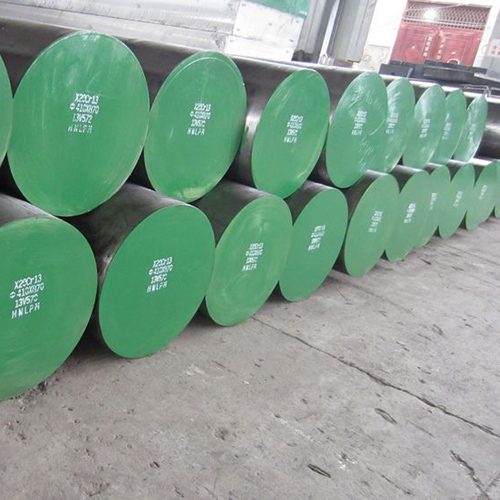Detailed explanation of mold steel grade applications
Mold materials are the material and technical basis of the mold manufacturing industry. Among them, mold steel is a traditional mold material, and its variety, specifications, and quality play a decisive role in the performance, service life, and manufacturing cycle of the mold.
Mold steel grade comparison is based on the different demands for mold steel at home and abroad, and the classification of the same type of steel with different names at home and abroad, which greatly improves the application efficiency of mold steel.
In recent years, the output and production of mold steel at home and abroad have Relatively rapid development has been achieved in terms of technology, process equipment, quality, variety, etc.
For molds that mold corrosive plastics containing fluorine, chlorine, and various types of plastics with added flame retardants, if the product requirements are high, imported corrosion-resistant steel can be used. If the requirements are average, domestic corrosion-resistant steel can be used.
For molds that have strong friction against steel and impact plastics, such as molds used to inject nylon + glass fiber materials, it is necessary to choose Chinese-made H13 steel with the advantages of high wear resistance, high thermal tensile strength and high toughness. .
For internal structural parts that have no appearance quality requirements, or molds that have no special requirements for steel as molding materials, the material selection for the molded parts is as follows:
1. For large and medium-sized molds, high-quality carbon steel S55C, S50C or Chinese P20 or P20+Ni plastic mold steel can be used for the cavity; high-quality carbon steel made in China can be used for the core.
2. For small molds, if the output is high and the structure is complex, Chinese P20 or P20+Ni plastic mold steel can be used for the cavity; domestic plastic mold steel can be used for the core.
3. For small molds with simple structure and low output, Chinese plastic mold steel or high-quality carbon steel can be used as the cavity core.
Molding parts refer to mold parts that are in direct contact with plastic to form products, such as cavities, cores, sliders, inserts, inclined tops, side pulls, etc. The material of molded parts is directly related to the quality and life of the mold, and determines the appearance and internal quality of the molded plastic products. It must be very cautious. Generally, it must be based on the contract provisions and customer requirements, and according to the requirements and characteristics of the product and mold select.
The principle of selecting materials for molded parts is: based on the type of plastic to be molded, the shape of the product, dimensional accuracy, the appearance quality and usage requirements of the product, the size of the production batch, etc.
Taking into account the cutting,polishing, welding, etching, deformation and etc. of the material. Wear resistance and other properties, while considering the economy and the manufacturing conditions and processing methods of the mold to select different types of steel.

